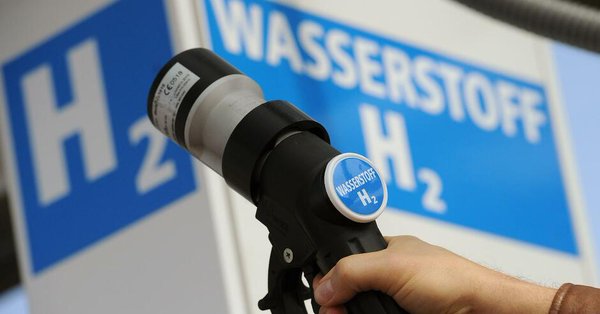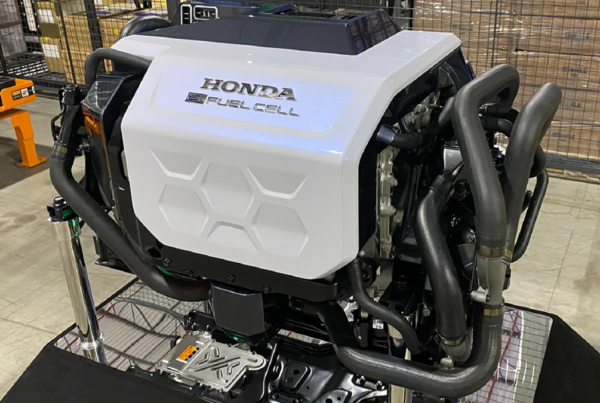
Hannover – The state of Lower Saxony plans to build a green hydrogen economy. More than 20 companies have joined forces for the H2 initiative.
Niedersachsen already meets all the requirements for building a green hydrogen economy. Lower Saxony’s stakeholders from business and research want to use this basis.
Lower Saxony actors from industry and science start H2 initiative
On August 21, 2019, actors from business and science as well as multipliers from all over Lower Saxony signed a Memorandum of Understanding as a declaration of intent to launch the Lower Saxony H2 alliance. The aim is to build a Lower Saxony green hydrogen economy as a building block for the transformation of the energy system. This involves networking, especially in the fields of mobility and the maritime industry. Present were political representatives of the Lower Saxony Economic, Environmental and Science Ministries as well as the State Chancellery, to which the Memorandum of Understanding was handed over.
Fuel cell trains are being tested in Lower Saxony
The H2 initiative wants to strengthen applications and relies on the “green” hydrogen generated by renewable energies. For example, since 2018, two fuel cell trains have been in service every day in local passenger transport in northern Germany. Such pilot projects as well as the development of demonstration projects will accelerate the initiative.
Lower Saxony has the best prerequisites for green hydrogen technology
The high proportion of renewable energies, a high expansion potential for solar and wind energy as well as the presence of cavern fields for gas storage form the basis for the expansion of the hydrogen economy in Lower Saxony. The already existing central node and distribution points of the electricity and gas pipelines as well as the transport and feed-in capacities in the electricity and gas network infrastructure which are already available or become available through the energy turnaround can be integrated into a hydrogen cycle.
Source: IWR
Read the most up to date Fuel Cell and Hydrogen Industry news at FuelCellsWorks




